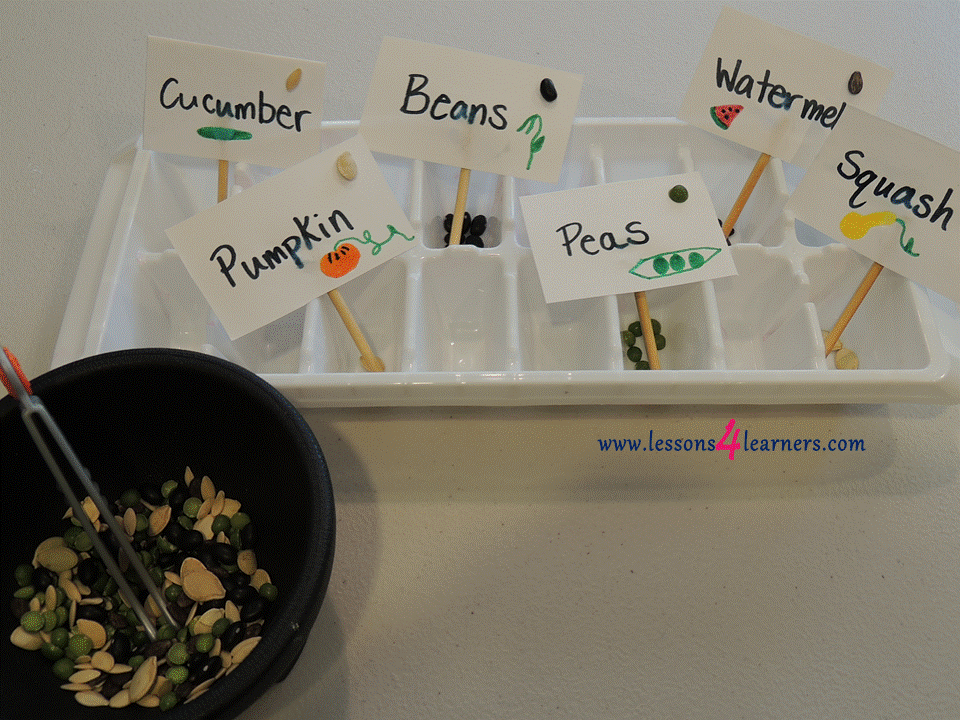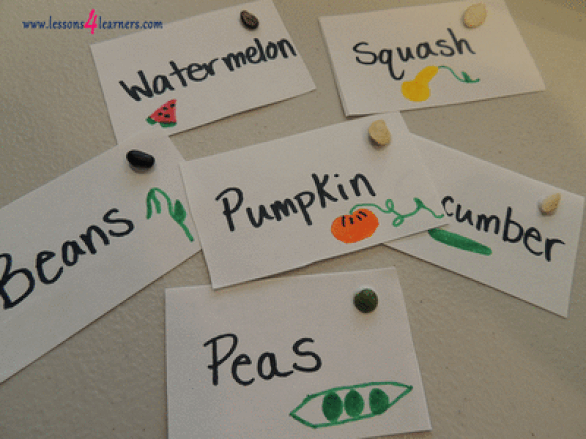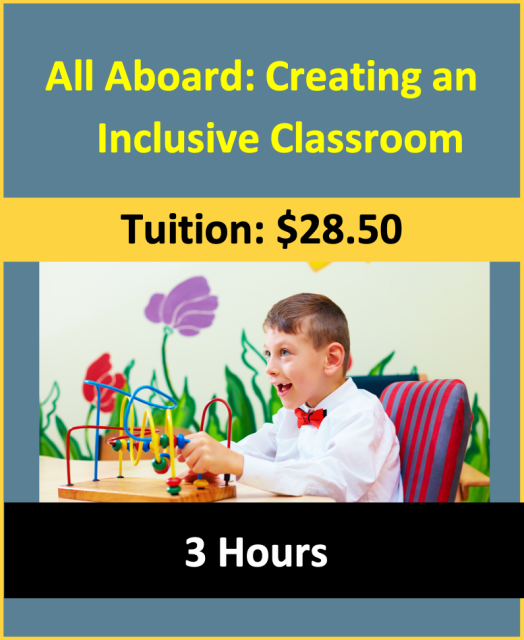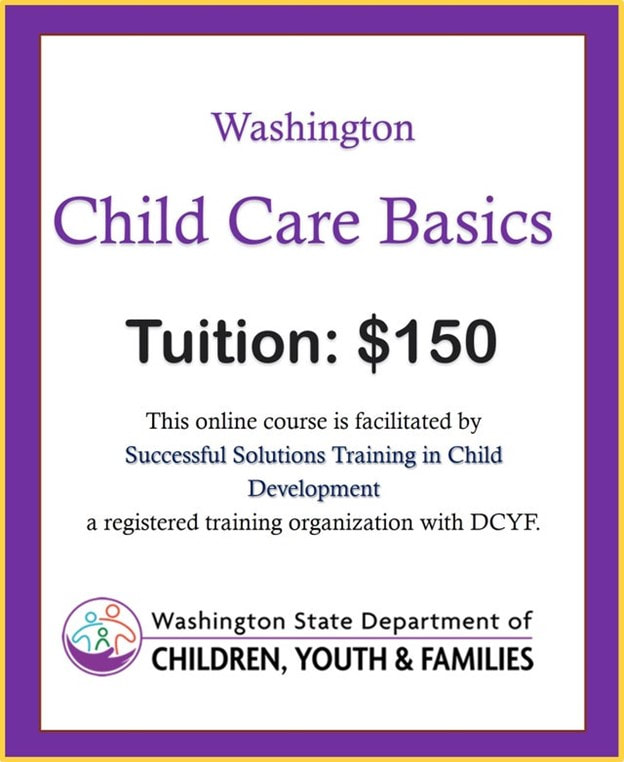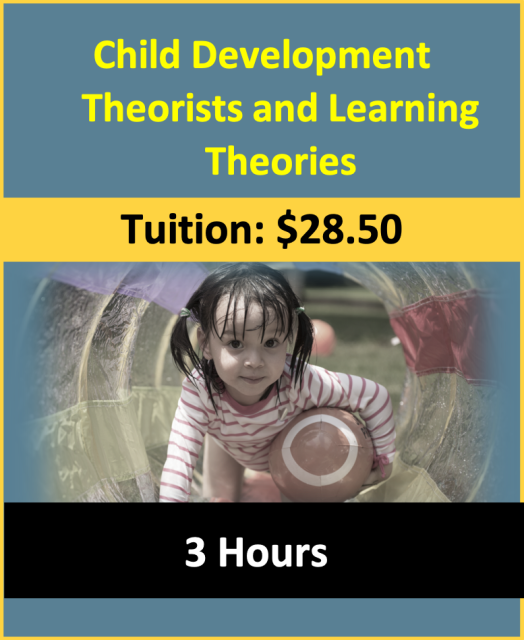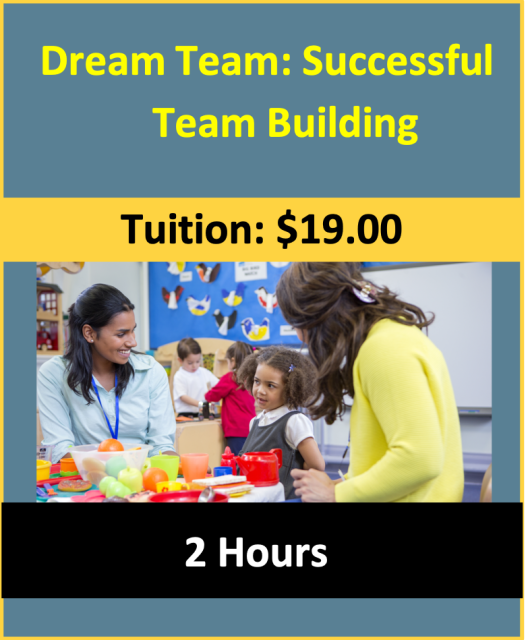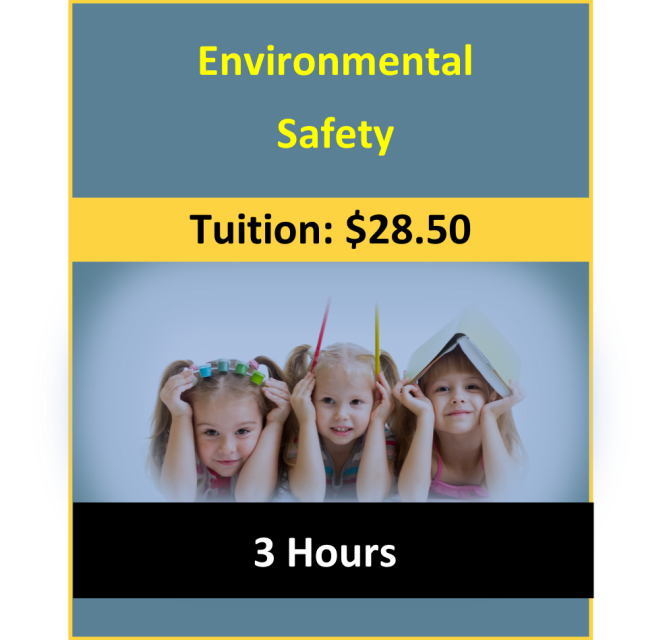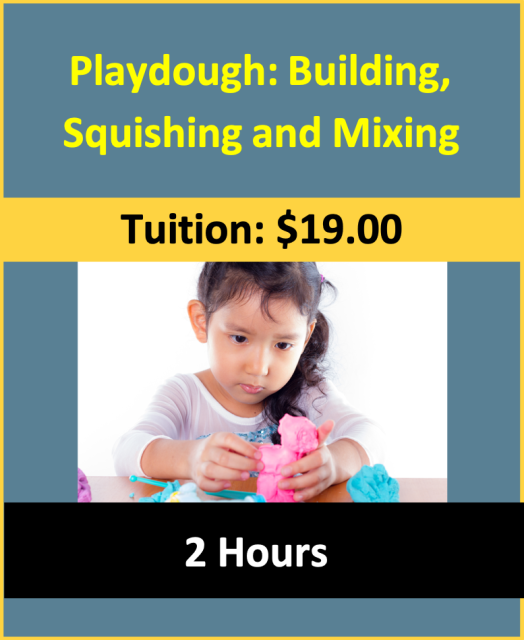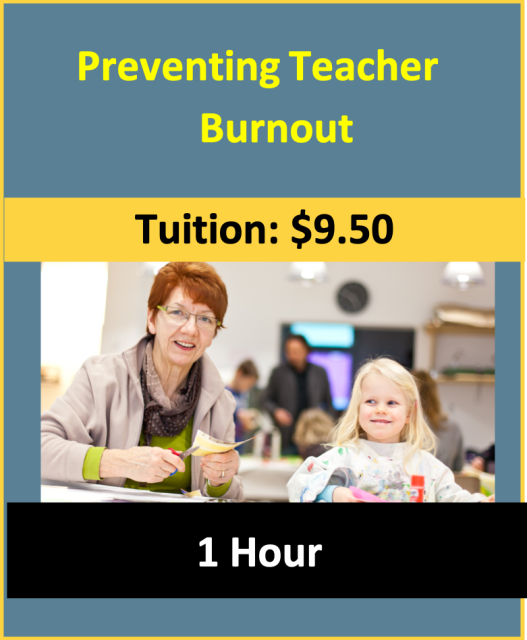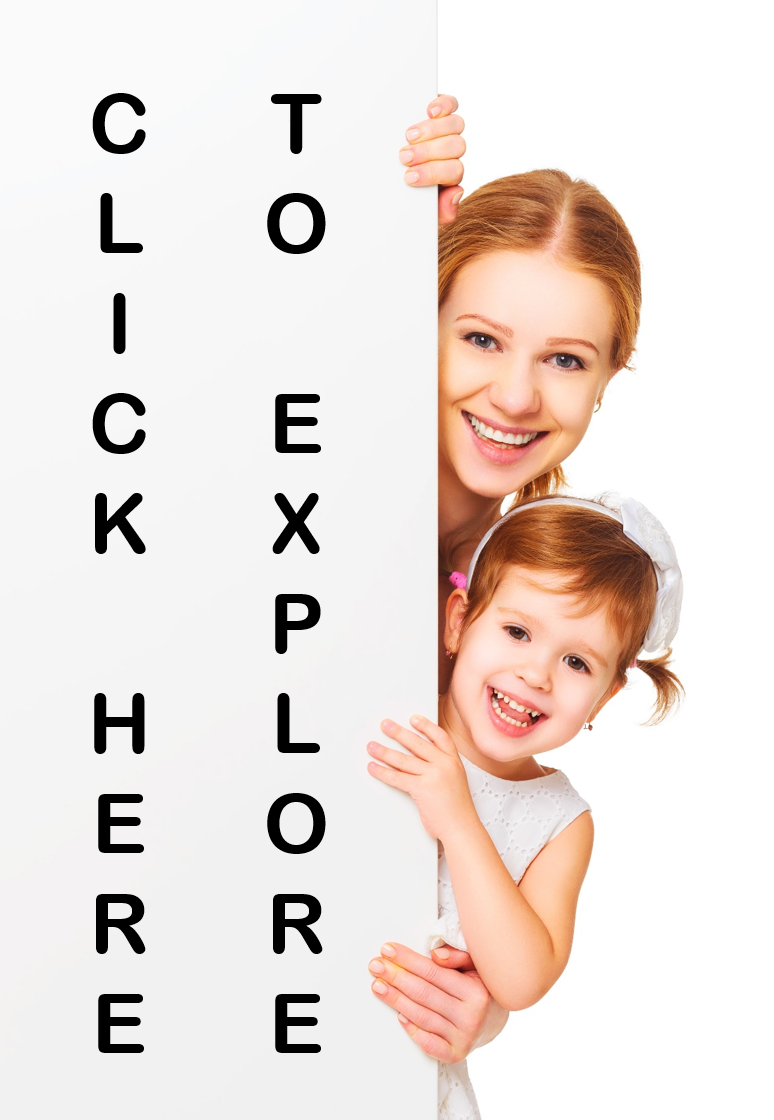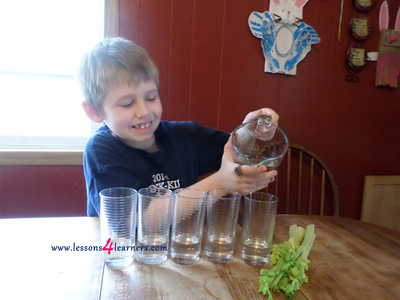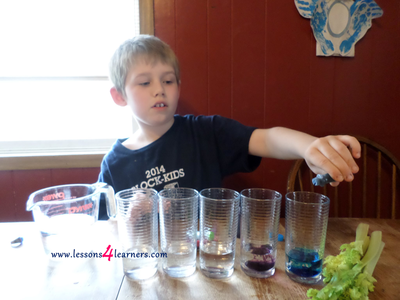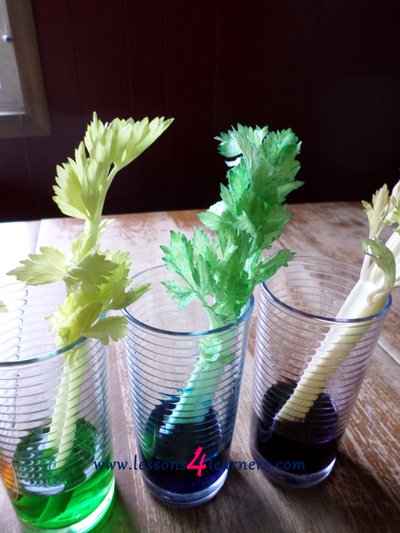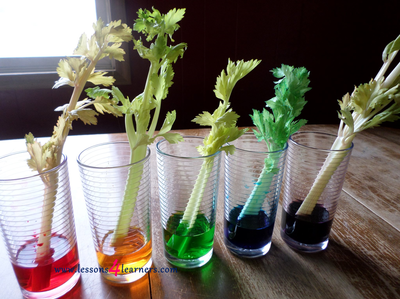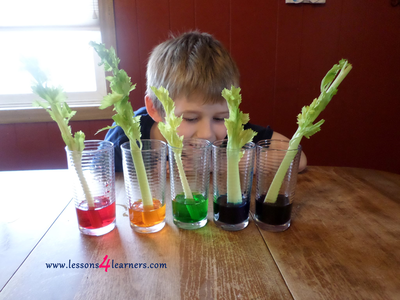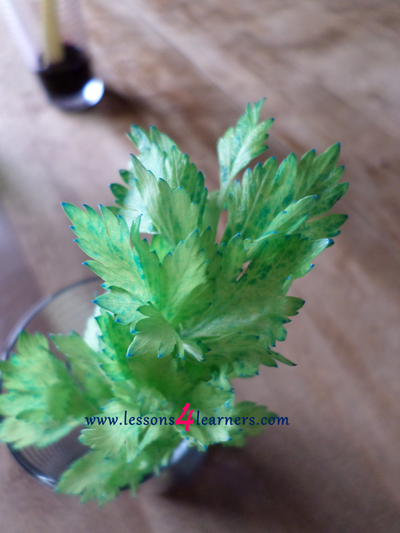Seed Sorting
Lesson Plan:
|
Activity:
Seed Sorting
Lesson plan developed by Ms. Erika Geelhoed, BA Ed
Age Group:
* Lesson plan objective and assessment can be adapted to use this activity with school-age children.
|
|
Click on the photos to enlarge.
|
Objectives:
Children will:
II.4.2a
|
Materials:
- ice cube tray
- children's tweezers
- seed labels
- variety of different seeds
- large bowl or bin
- magnifying glass
Procedure:
- Prepare for activity by putting all different types of seeds into a large bowl.
- Place it in an appropriate area along with an empty ice cube tray, magnifying glass, and children's tweezers.
- Label the ice cube tray so the children will know which spot corresponds with each seed (be sure to include pictures on these labels).
- Invite children to begin sorting seeds using the tweezers.
- While they are sorting, you can talk with them about the different seeds.
- Ask them to describe each of them.
- You can give them additional adjectives to describe them, if desired.
- You can also review the life cycle of a plant and the importance of seeds with older preschoolers at this time.
Assessment:
- Take anecdotal notes during the activity. Record how the children manipulates the tweezers and sorts the seeds. How are their fine-motor skills developing? Did they place the seeds in the correct area?
Click on the course icon for enrollment information.
Encouraging Natural Curiosity
As a preschool educator, you can expand kids’ science learning and lead them toward discovery by encouraging their natural curiosity; noticing what they are doing during play with water, shadow, or sand; and asking the right questions.
You can get involved by asking children openended questions: “Tell me what you are working on now.” “What do you notice about how it’s moving?” “What else have you seen other kids try?” Writing down their thoughts and ideas is a good way to document their growth in STEM curriculum to share with their parents.
You can get involved by asking children openended questions: “Tell me what you are working on now.” “What do you notice about how it’s moving?” “What else have you seen other kids try?” Writing down their thoughts and ideas is a good way to document their growth in STEM curriculum to share with their parents.
